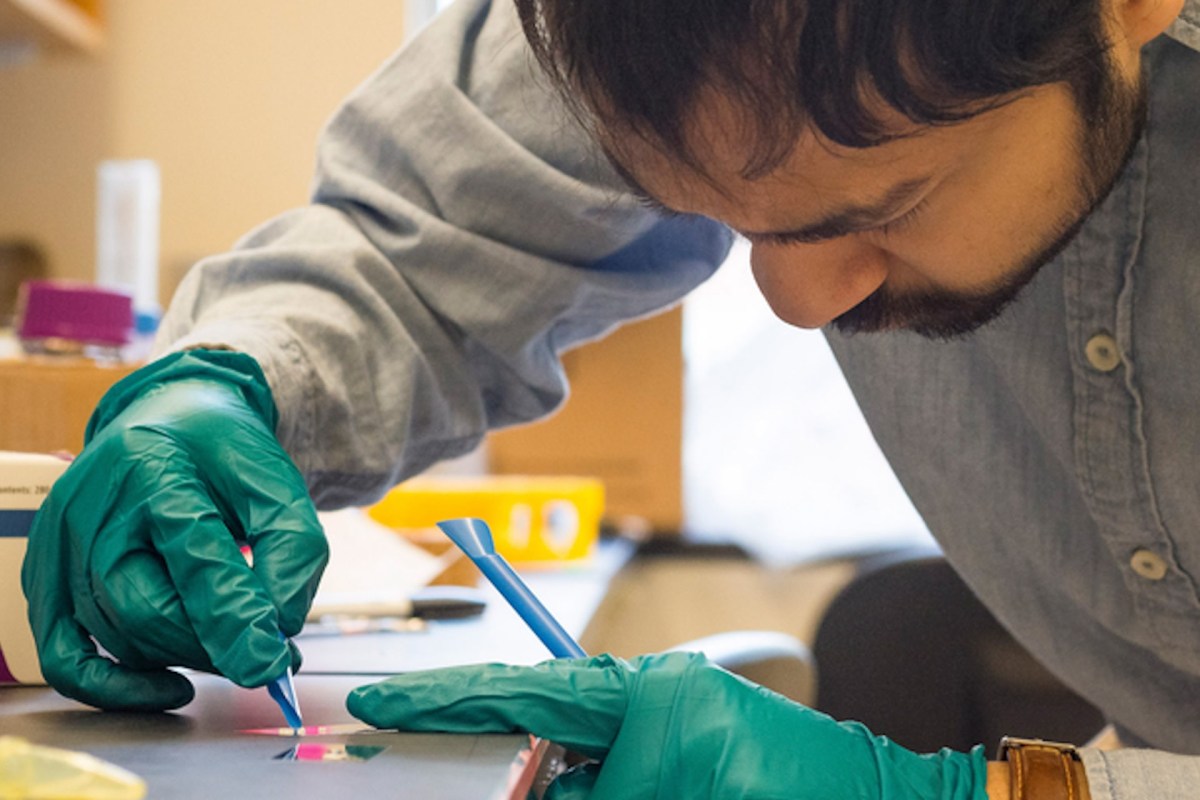Researchers at the MIT Department of Chemical Engineering have created a new method of cleaning micropollutants from water, using zwitterionic molecules — i.e., molecules with the same number of positive and negative charges.
Devashish Gokhale, a PhD student and one of the researchers, explained zwitterionic molecules by comparing them to magnets.
"On a magnet, you have a north pole and a south pole that stick to each other, and on a zwitterionic molecule, you have a positive charge and a negative charge which stick to each other in a similar way," he said in a release by MIT News.
Luckily, you don't have to be an MIT chemical engineer with a comprehensive understanding of how zwitterionic molecules work in order to reap their benefits. The end result of the research is a process that could clean water of many types of contaminants more efficiently and safely than other existing methods.
The key advantage of the process, as Gokhale explained, is that it can target both organic and inorganic pollutants.
"As people have been trying to target these emerging micropollutants of concern, they realized they can't get to sufficiently low concentrations on the same time scales as conventional contaminants," he said. "Most technologies focus only on specific molecules or specific classes of molecules. So, you have whole technologies which are focusing only on PFAS, and then you have other technologies for lead and metals."
The current predominant method of treating micropollutants in water is with activated carbon filters, but the process of making these filters uses a lot of energy and creates a lot of planet-overheating gas pollution.
The zwitterionic molecule method has a much smaller carbon footprint, Gokhale said. Not only that, but the molecules can also be washed and used over and over again.
The health of everyone depends on our society's ability to treat water for micropollutants — from PFAS, commonly known as forever chemicals, to microplastics, to chemicals from industrial processes. And new research like this, which provides more efficient and planet-friendly ways of doing that, could make a huge difference.
Join our free newsletter for weekly updates on the coolest innovations improving our lives and saving our planet.
TCD Picks » Quince Spotlight
💡These best-sellers from Quince deliver affordable, sustainable luxury for all













